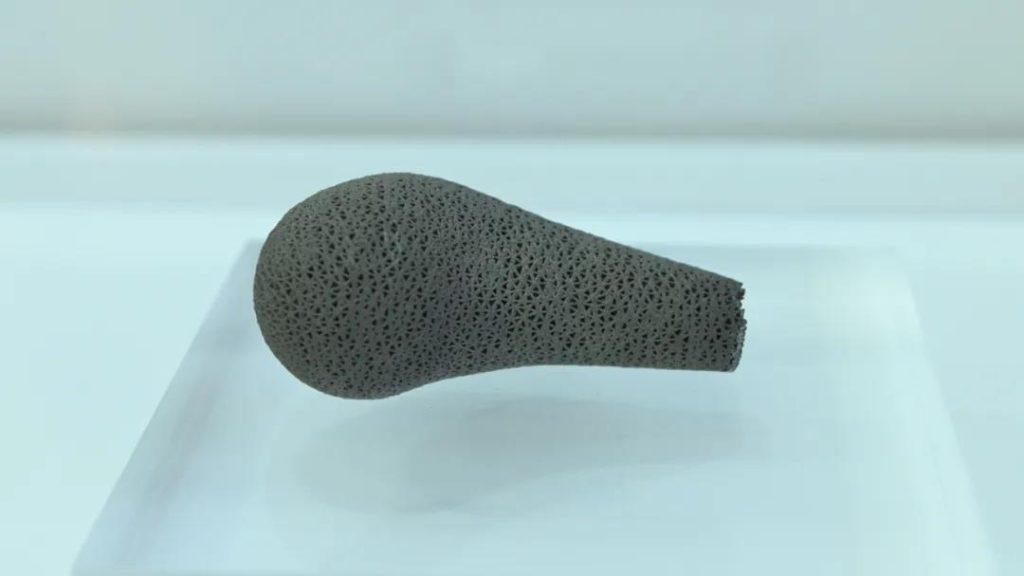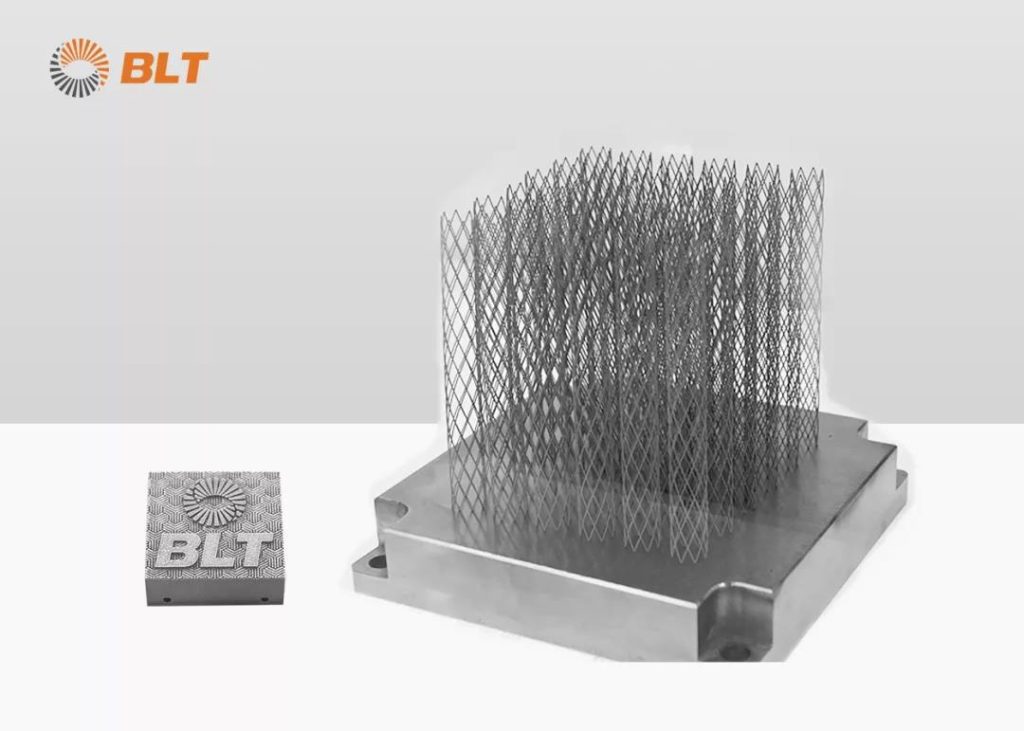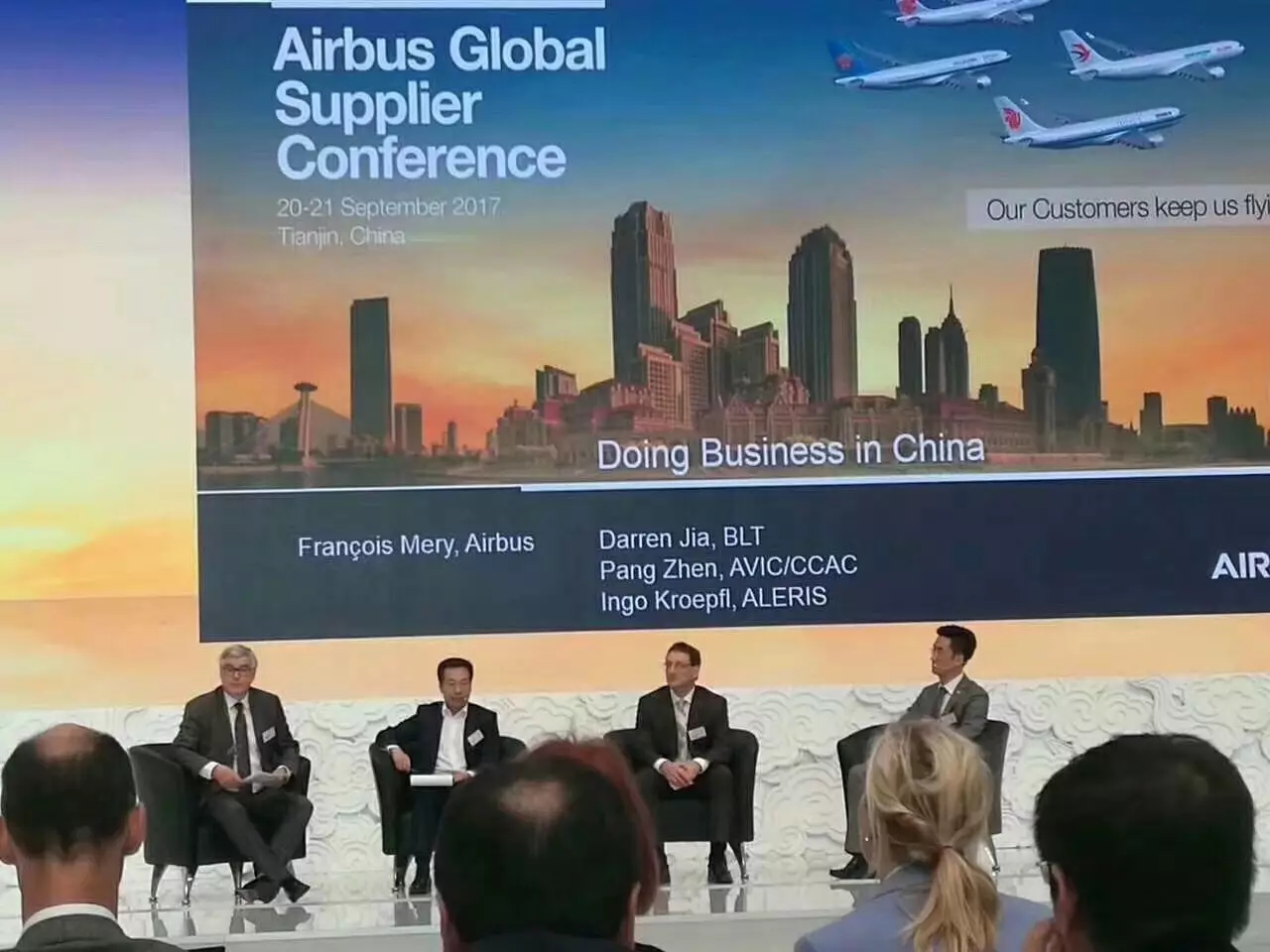The research team whose participates from The State Key Laboratory of Tribology, Department of Mechanical Engineering, Tsinghua University, Department of Materials Science and Engineering, Peking University and Department of Orthopaedics, Peking University Third Hospital Published the paper Hot cracking in ZK60 magnesium alloy produced by laser powder bed fusion process on the magazine Materials Letters. This article mainly identified serious solidification and liquation cracking in ZK60 LPBF samples formed by BLT-S210.
Mg alloys are one of the most promising materials for lightweight structures and biodegradable implants [1]. Compared to general Mg alloys, ZK60 alloy (Mg-5.6Zn-0.5Zr, wt%) has attracted many attentions due to relatively high strength, high stress corrosion resistance and good biocompatibility [2]. However, ZK60 alloy is highly susceptible to hot cracking during welding process [3–6].
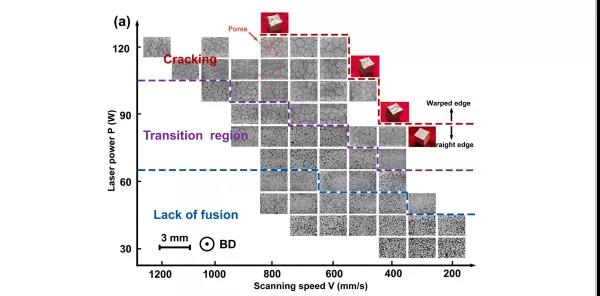
A commercial LPBF machine (BLT, Xi’an, China) was used to selectively melt ZK60 spherical powder (Weihao, Tangshan, China) with a mean size of 30 μm [9]. The laser spot size was 70 μm. Considering the high reactivity and high vaporization tendency of magnesium, shielding atmosphere was carefully controlled with oxygen content lower than 80 ppm, and relatively low heat input was used to fabricate 10mm×10mm×10mm cubic samples.
Hot cracking was identified during the LPBF of ZK60 alloy, which was attributed to a wide solidification temperature range, a low eutectic temperature as well as high thermal stress. It was difficult to inhibit cracks and avoid the occurrence of lack of fusion, porosity and serious distortion at the same time just by adjusting laser energy input under the present conditions. The influence of sample size, preheating and scanning strategy on the cracking susceptibility needs to be investigated in the future.
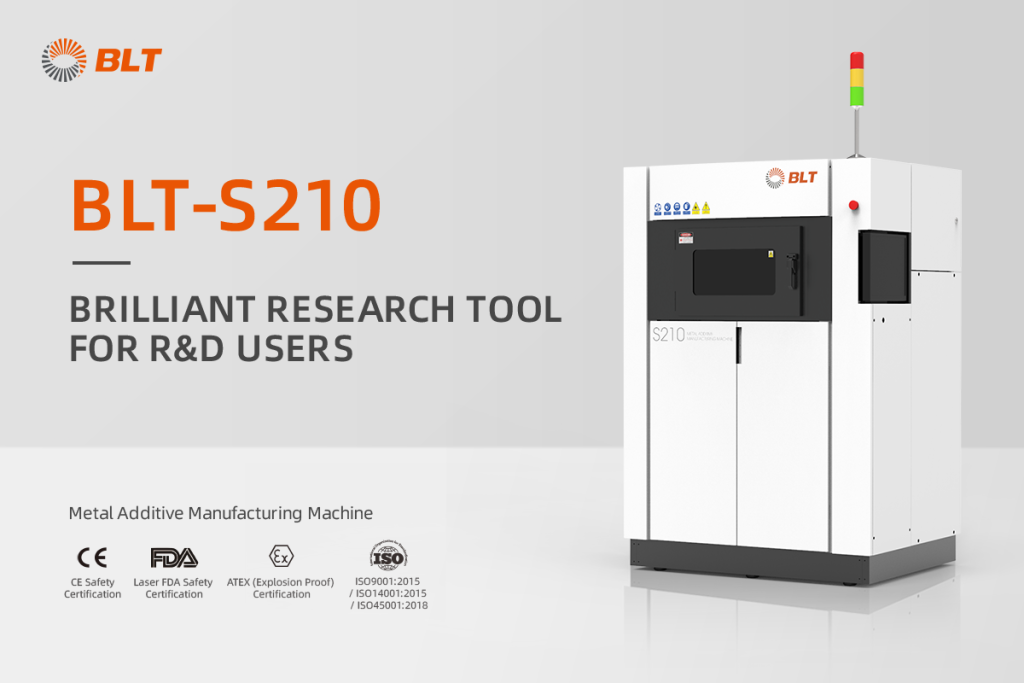
It is reported that as early as 2020, the research group of the Institute of Materials Forming and Manufacturing of Tsinghua University used BLT-S210 to conduct research on magnesium alloy materials.
Remark: Part of the content of this article comes from the paper Hot cracking in ZK60 magnesium alloy produced by laser powder bed fusion process
[1]Y. Liu, Y. Zheng, X.-H. Chen, J.-A. Yang, H. Pan, D. Chen, L. Wang, J. Zhang, D. Zhu, S. Wu, K.W.K. Yeung, R.-C. Zeng, Y. Han, S. Guan, Fundamental Theory of Biodegradable Metals—Definition, Criteria, and Design, Adv. Funct. Mater. 29 (18) (2019) 1805402, https://doi.org/10.1002/adfm.201805402.
[2]N. Fakhar, M. Sabbaghian, A good combination of ductility, strength, and corrosion resistance of fine-grained ZK60 magnesium alloy produced by repeated upsetting process for biodegradable applications, J. Alloys Compd. 862 (2021) 158334, https://doi.org/10.1016/j.jallcom.2020.158334.
[3]D.C. Wagner, X. Chai, X. Tang, S. Kou, Liquation Cracking in Arc and Friction-Stir Welding of Mg-Zn Alloys, Metall. Mater. Trans. A Phys. Metall. Mater. Sci. 46 (1) (2015) 315–327, https://doi.org/10.1007/s11661-014-2606-5.
[4]Z.-H. YU, H.-g. YAN, X.-y. YIN, Y. LI, G.-H. YAN, Liquation cracking in laser beam welded joint of ZK60 magnesium alloy, Trans. Nonferrous Met. Soc. China (English Ed. 22 (12) (2012) 2891–2897, https://doi.org/10.1016/S1003-6326(11)61547-1.
[5]Z.H. Yu, H.G. Yan, J.H. Chen, Y.Z. Wu, Effect of Zn content on the microstructures and mechanical properties of laser beam-welded ZK series magnesium alloys, J. Mater. Sci. 45 (14) (2010) 3797–3803, https://doi.org/10.1007/s10853-010- 4434-3.
[6]K. Liu, S. Kou, Susceptibility of magnesium alloys to solidification cracking, Sci. Technol. Weld. Join. 25 (3) (2020) 251–257, https://doi.org/10.1080/ 13621718.2019.1681160.

